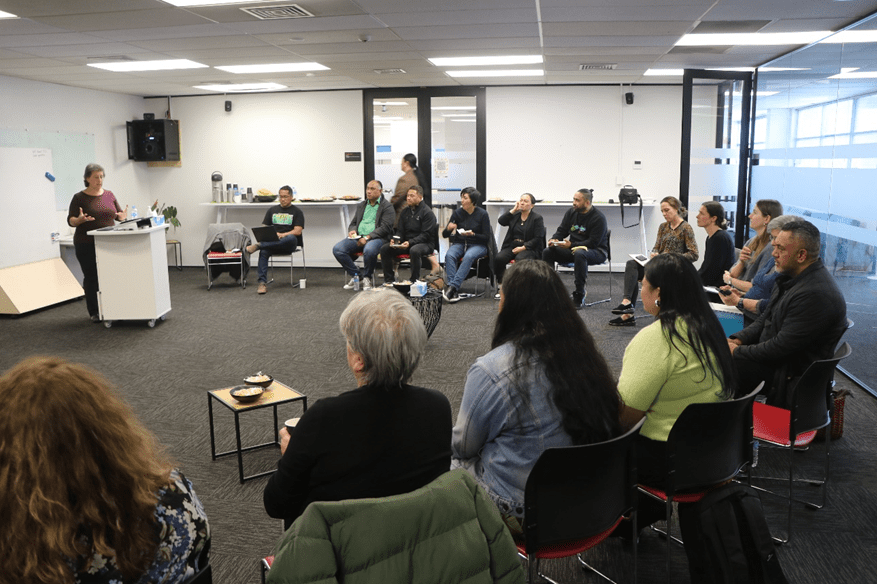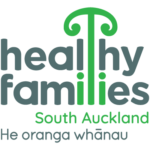
Healthy Families South Auckland (The Cause Collective) and Healthy Families Waitakere had a unique opportunity recently to host a leading changemaker in the field of community change – thanks to Inspiring Communities.
Sylvia Cheuy (burgundy top, left), Consulting Director of Collective Impact at Tamarack Institute in Canada, facilitated a workshop about social innovation, collective impact, and empowering residents to drive community change.
Sylvia is passionate about community change, is an active community volunteer and was the founding Executive Director of Headwaters Communities in Action (HCIA), a grassroots movement that fosters leadership and action in support of a long-term vision of wellbeing for Ontario’s Headwater region.
“If there was a common thread in all the things that I have done, it’s that how does the voice of the common person get brought into big decisions that are made in their lives,” she says.
“The commitment that I heard today from the Healthy Families sites was incredible, particularly this concept of a Māori system. Do you know how inspiring and important that would be for indigenous communities across Canada? People there are recognizing indigenous people too but are only starting that journey. So, if you have already done stuff in New Zealand, it won’t be the same in Canada, but for indigenous people it would help guide how to change dominant culture and mindset as the path has been trodden before.”
Tracey Walker, Māori Systems Lead at Healthy Families South Auckland, the opportunity to collaborate with Healthy Families Waitakere to host Slyvia and collaboratively learn from her experience was a wonderful experience.
“Collaborative learning for collective impact is one of the key principles for Healthy Families NZ. So, it’s highly important that we demonstrate that commitment by getting together with other sites like Healthy Families Waitakere and Slyvia from Tamarack Institute to share knowledge and support, so we all have the right tools to create change in the communities we serve,” she says.
“One of the key reminders from today is that we should strive to acknowledge all indigenous peoples and as a collective (Healthy Families Waitakere and South Auckland) understand how we can build an Auckland movement (Healthy Families) across the region,” says Tracey who also leads the Early Years initiative at Healthy Families South Auckland (The Cause Collective).

For Ella Falakoa, Pasifika Systems Innovator at Healthy Families Waitakere, she reflected on the importance of her role to co-design and community engagement to backbone with Auckland’s Pasifika communities.
“Hearing from Syliva today, gave me a sound understanding of the issues and successes that she’s had in Canada when it comes to community change. I’m encouraged by her perspective, because it gives me motivation to strive and implement more Pasifika and Māori frameworks, elevating our indigenous peoples to the same standards as western practice for better community outcomes, she says.
“I also tautoko Tracey’s whakaaro that we should be looking more closely at cross-pollinating our work across Auckland to demonstrate collective impact across the region. I’m excited by what impact we can achieve collectively,” she says.
In the spirit of unity and friendship, Healthy Families gifted Sylvia with a precious taonga (treasure) of a pounamu which was ‘blessed’ with waiata (song) and a karakia (prayer). Slyvia responded with gifts of her own from the Great White North (a common nickname for Canada) with maple leaf badges for all attendees.
Three types of innovators
One of the key takeaways from the session that Ella and Tracey both agreed on was the “three types of innovators” that Sylvia raised. The experienced change agent said that for social innovation and community change to take place at a systems level, three innovators were needed to help drive a movement. The three innovators – disruptive, bridging, and receptive innovators are spread out across the system – essentially, one is inspired by love and seen to be a threat to the system (disruptor), the other is seen as an intermediary between the disruptor and the system (bridging) and the third is a receptive innovator who is within an organisation(s) and has knowledge of key levers to be able to influence existing systems.

Healthy Families South Auckland and Healthy Families Waitakere would like to thank Inspiring Communities for their support to make this workshop possible for Sylvia and Healthy Families.



